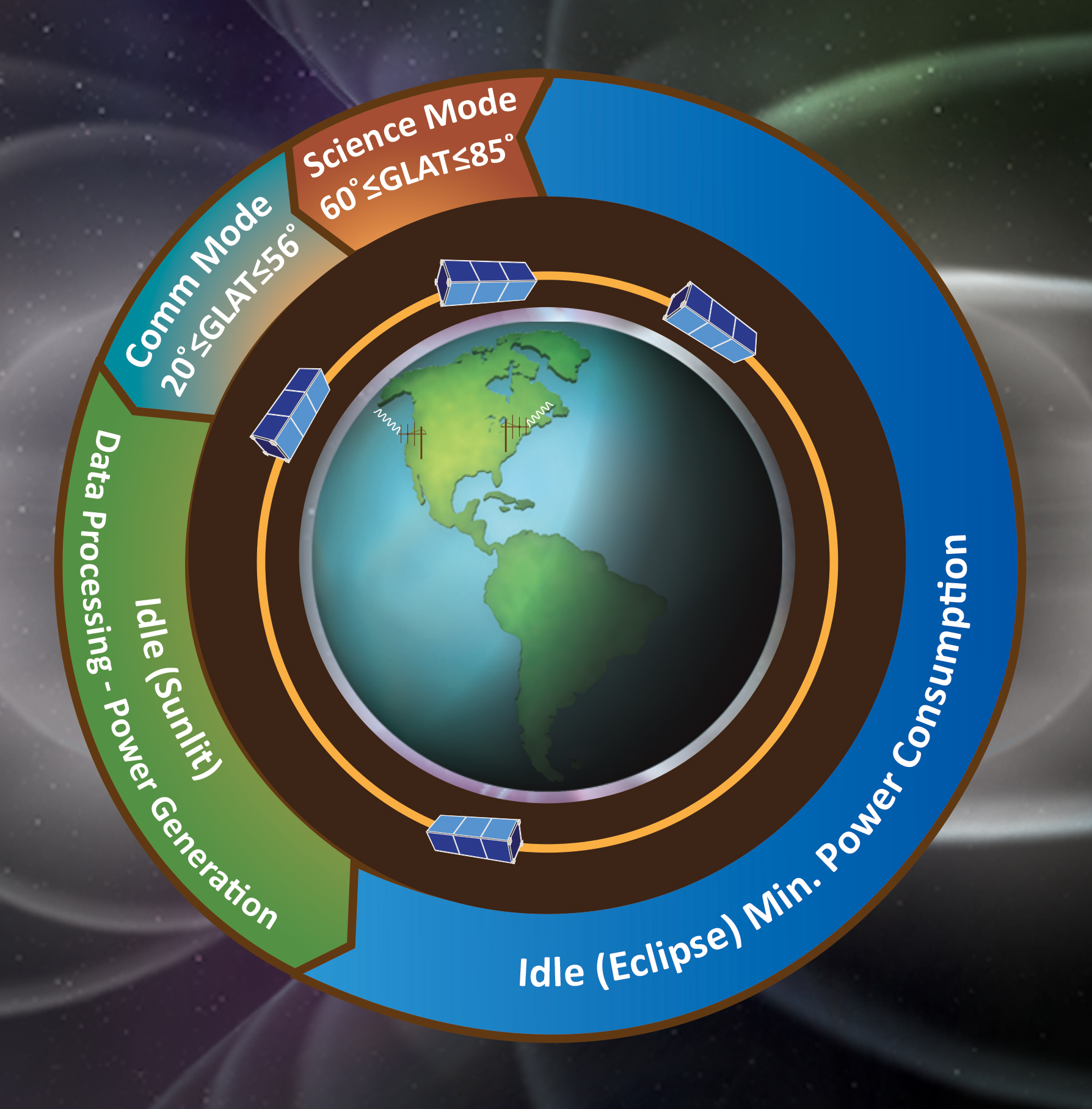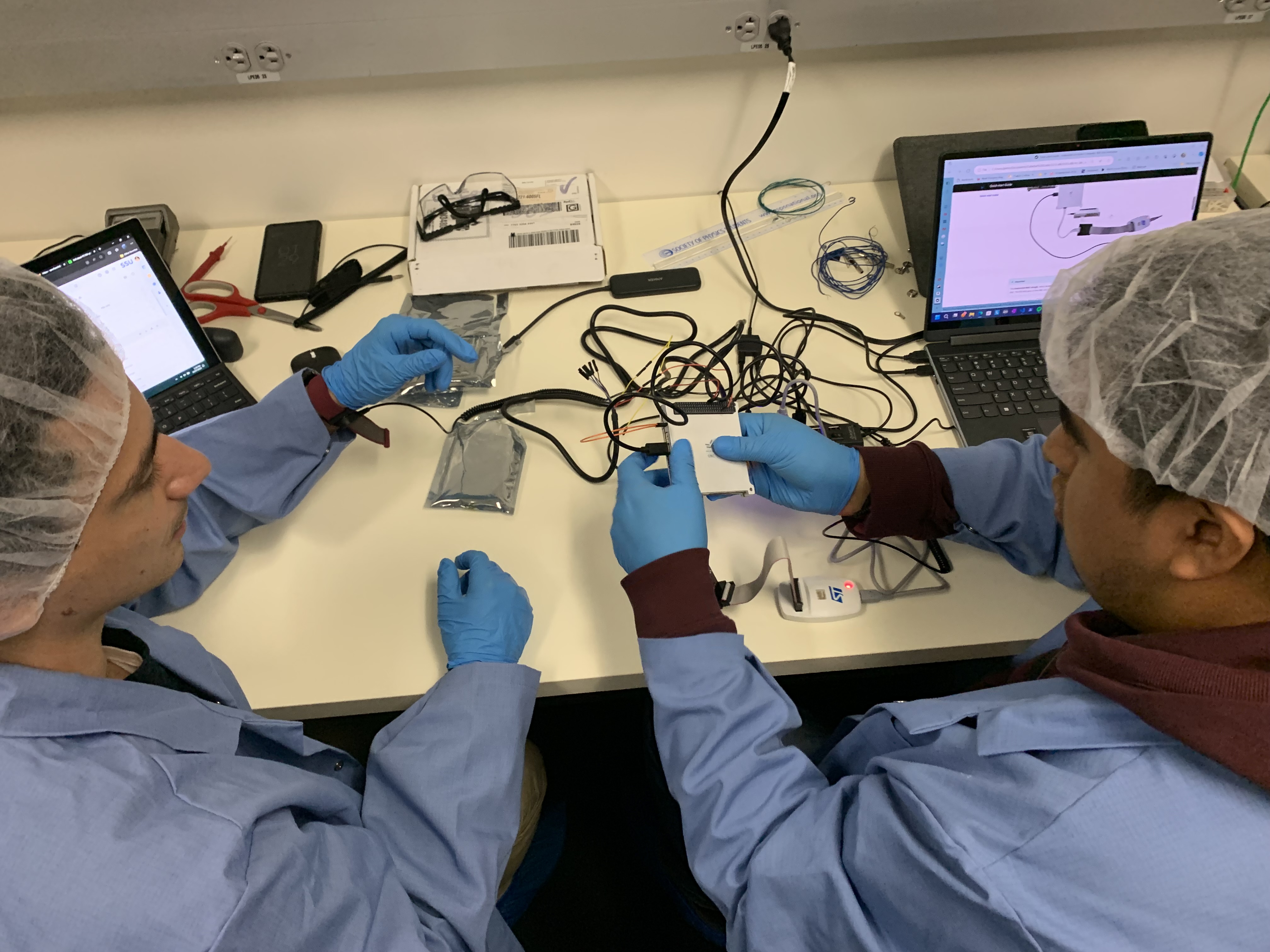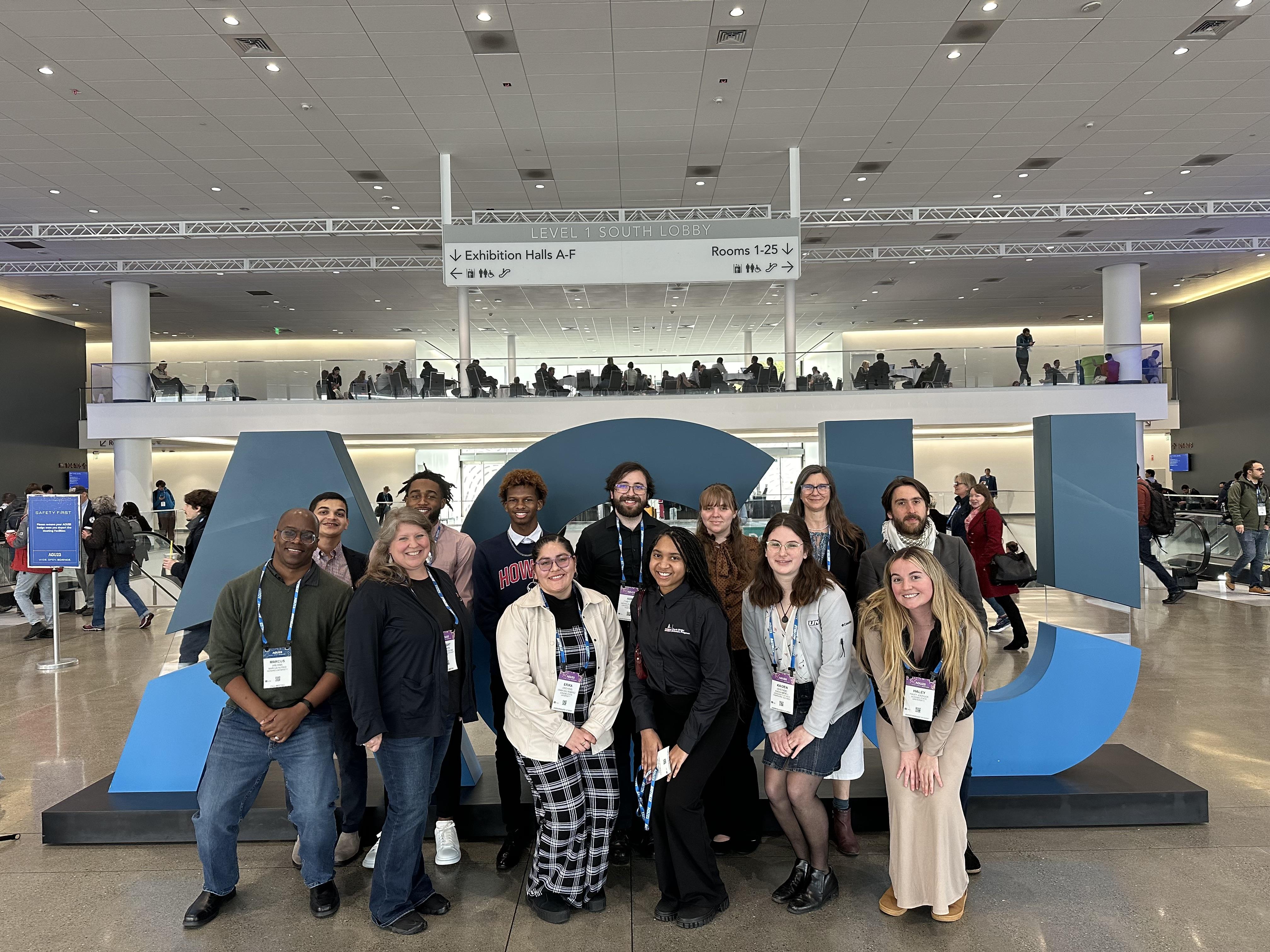The 3UCubed Project
The Student Collaboration of the Interstellar Mapping and Acceleration Probe (IMAP) mission augments IMAP science research, develops hands-on research experience for students, and helps to expand the experience and skills of undergraduate students in space science and engineering. These achievements are the result of a collaborative hardware program involving multiple universities that results in students designing, building, assembling, integrating, testing, calibrating and delivering to NASA for launch 3UCubed, a 3-Unit (3U) CubeSat with student-built instruments. Sonoma State University works in concert with the leader of the project, the University of New Hampshire, to design and construct a ground station for communications with the 3U Cubesat. Post-launch, through the NASA CubeSat Launch Initiative (CSLI), the students will participate in joint data analysis of measurements from IMAP and the 3U CubeSat. The IMAP student collaboration develops a strong recruitment and retention program that takes advantage of the expertise of participating universities to bring a growing number of students to space-related STEM degrees. Moreover, student collaboration incorporates a comprehensive evaluation component to provide evaluation on specific goals related to student recruitment, retention, and engineering and scientific goals.
 Photo Credit:NASA 3UCubed/SSU/Aurore Simonnet
Photo Credit:NASA 3UCubed/SSU/Aurore Simonnet3UCubed will launch in November of 2025 into a Low-Earth Orbit (LEO) polar orbit at 510 kilometers above Earth’s surface. The Concept of Operations (ConOps) is for the CubeSat to gather electrons and ultraviolet photons as it looks up into space, from orbit over the polar region, in order to measure the cusp suprathermal electrons and resulting glowing oxygen above 510 km. As the CubeSat moves out of the polar region, it will communicate with ground stations at Sonoma State University (SSU) and the University of New Hampshire, uploading a Two-Line Element (TLE) and downloading the electron and UV data. TLEs will provide information for the CubeSat to know where it is relative to Earth in order to collect data and communicate with ground stations at the appropriate locations in orbit. Each orbit takes approximately 90 minutes to complete. Details can be found at the SpaceX Transporter 15 Website.
Post-launch, through the NASA CubeSat Launch Initiative (CSLI), the students will participate in joint data analysis of measurements from IMAP and the 3U CubeSat. IMAP student collaboration develops a strong recruitment and retention program that takes advantage of the expertise of participating universities to bring a growing number of students to space-related STEM degrees. Moreover, student collaboration incorporates a comprehensive evaluation component to provide evaluation on specific goals related to student recruitment, retention, and engineering and scientific goals.
Meet the CubeSat
3UCubed is a 3-Unit CubeSat (30 cm x 10 cm x 10 cm), named for Uplifting Undergraduates to study Upwelling, set to be launched in Fall 2025 into low earth orbit (LEO) to study the cusp aurora. In particular, the science objective that the satellite will fulfill is the determination of how the Earth’s thermosphere in the auroral cusp regions responds to particle precipitation and varying conditions associated with solar wind forcing and internal magnetospheric processes. This satellite is funded as part of the student collaboration aspect of the IMAP mission and as such is a student-built satellite that is part of a student-run mission that is a collaboration between University of New Hampshire and Sonoma State University. More information can be found at https://eos.unh.edu/3ucubed.
 Photo Credit:NASA 3UCubed
Photo Credit:NASA 3UCubedThe SSU Ground Station
The Sonoma State University (SSU) ground station was built by undergraduate students, with mentor Dr. Garrett Jernigan (1951-2022). It was rebuilt by the 3UCubed team at SSU in the Summer of 2022, to replace the many parts that had broken over the years. With the 3UCubed satellite design and antenna, new hardware and software has been developed and tested within the CubeSat laboratory at SSU. Several iterations of testing has led to the final design and link budget, which can be found on the University of New Hampshire Communications webpage.
Amateur Radio Clubs and Scouts
3UCubed-A will contribute to the advancement of the amateur satellite service through a collaboration between amateur radio operators, scouts, and the 3UCubed-A team. Specifically, as an outreach component to 3UCubed-A is begun in 2025 that coordinates virtual weekly educational sessions on weekends to engage scouts, amateur radio operators and 3UCubed-A team members. This program aims to teach amateur radio skills and knowledge to teens across the US, with a video option, and website resources, open to anyone across the world. The program begins by taking participants through the scout Ham Radio badge activities. These are run by three enthusiastic and knowledgeable amateur radio operators, who regularly train new operators: Ann Bruner-Welch (KN6SDS), Darryl M Paule (KI6MSP), and Kathy Funke-Spicher (KM6URP).
In the Fall of 2025, the program will integrate skills and knowledge about CubeSats and 3UCubed-A, with Dr.Laura Peticolas (KN6FXN). Participants will go through hands-on, inexpensive activities developed as part of the SSU team’s prior experience with Science,Technology, Engineering, Mathematics, andComputing education efforts that contribute to a better understanding of radio theory and satellite communications. This focus will expand the participants’ knowledge specifically on the different antennas needed to broadcast and receive signals from different parts of the radio spectrum. This is the time when 3UCubed-A launches, and tracking the spacecraft with radio amateur stations will be one of the highlights of the training.
This program ends with listening to communities talking with astronauts on the ISS, via the Amateur Radio on the International Space Station (ARISS) program. We have submitted a proposal to speak with the astronauts but we do not yet know if it will be selected. Either way, we support participants in setting up stations to listen to other ARISS sessions using amateur radio communications.
The 3UCubed Team
 Photo Credit:NASA 3UCubed
Photo Credit:NASA 3UCubed